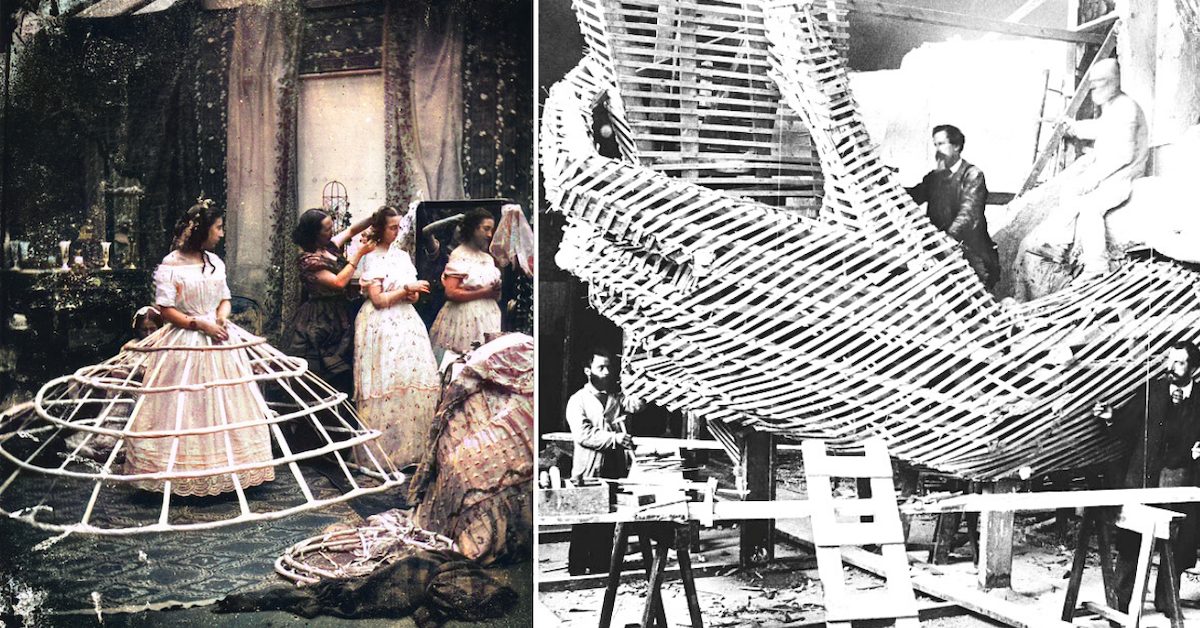Photography is often the go-to method for capturing memories, but it’s only been around since the 1820s. Before, artist sketches and paintings were how people “took” snapshots of life. The 1800s were a time of great change, and these photos show how different life was, compared to now.
Children working in factories
The Industrial Revolution was a time of great advancement, but what many might not realize is that it meant factories faced a shortage of workers. To make up for this, companies began hiring children, who were sometimes as young as four years old.
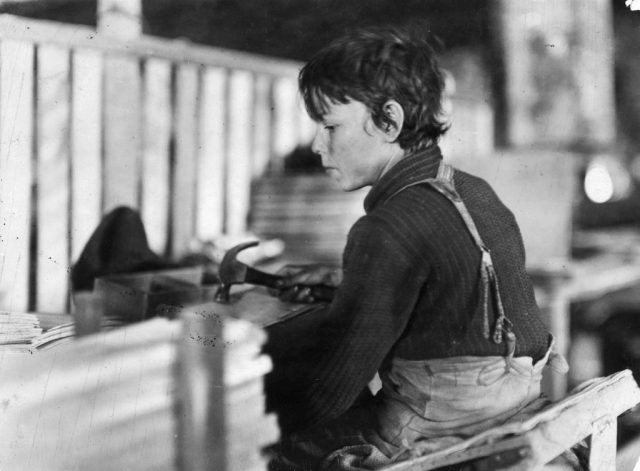
Children were more desirable than adult workers because they could be paid less, were small enough to complete minute tasks, and were less likely to strike against poor working conditions. Many families needed the extra income, so they didn’t question the practice.
California Gold Rush
In January 1848, James Marshall discovered a gold nugget on the South Fork of the American River in California. Despite attempts to keep the discovery a secret, word spread and prospectors flocked to California.
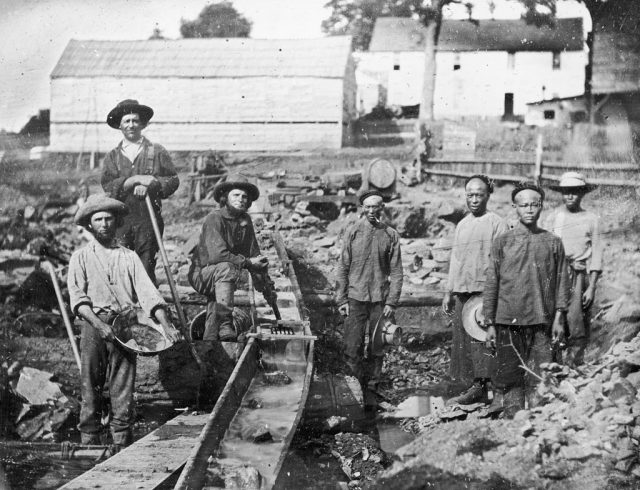
The California Gold Rush is considered one of the most significant events to shape the U.S. during the 1800s. It hit its peak in 1852, and the amount of gold collected was worth an estimated $2 billion.
Victorian fashion
One of the more noteworthy aspects of the 19th century was women’s fashion. It was defined by colorful dresses and skirts held out by crinolines, wooden structures that spread out the material, allowing for better weight distribution.
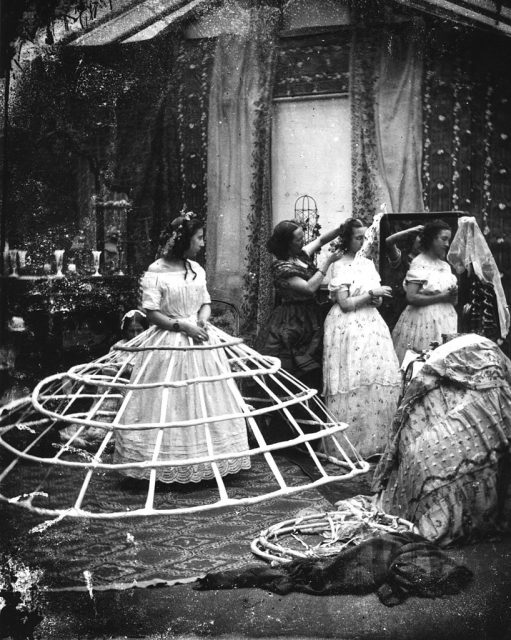
While primarily worn by royalty and the wealthy, such dresses were common among all social classes, which also featured sleeves that widened at the wrist and forearm. They were eventually replaced by even wider hoop skirts during the middle of the century.
American Civil War
Slavery was one of the main political issues within the U.S. during the 1800s, even sparking the Civil War. Almost immediately, abolitionist Frederick Douglass began pressuring Abraham Lincoln to allow African Americans to serve in the Union Army, and they were officially given the option to join in July 1862.
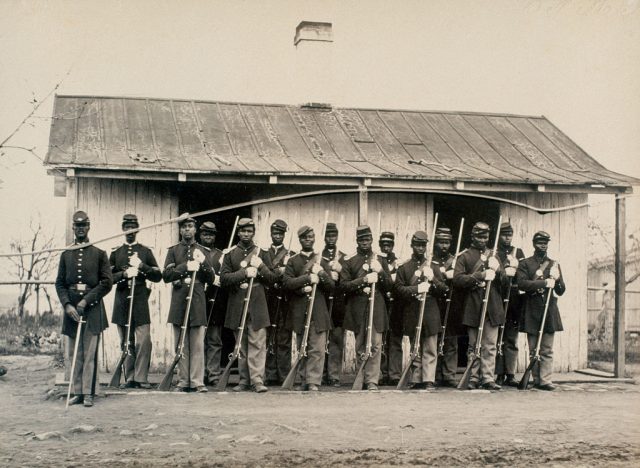
The first regiment of the United States Colored Troops joined the Union Army on September 27, 1862. They eventually made up 10% of the Union’s overall force, and were imperative to both the African American push for freedom and the Union war effort.
Lincoln’s funeral train
Lincoln’s assassination sent shockwaves across America. He was buried in the family plot in Springfield, Illinois, which meant that his body needed to be transported from Washington, D.C. This was accomplished by a funeral train, dubbed “The Lincoln Special.”
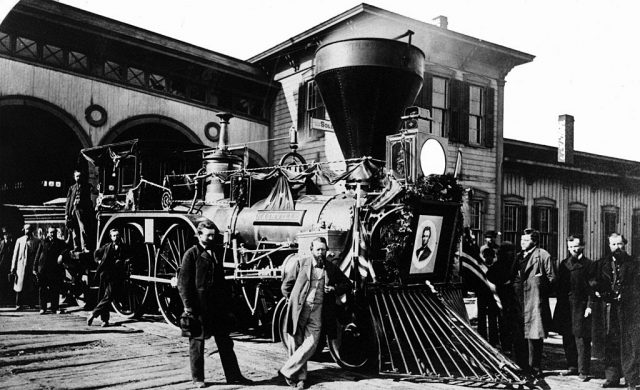
The train traveled 1,654 miles across seven states, stopping in several cities along the way. One and a half million Americans viewed the body, while an estimated seven million saw the train or the horse-drawn hearse pass through.
United States Sanitary Commission
The U.S. Sanitary Commission was created during the Civil War to help wounded and sick Union soldiers. It was largely staffed by women volunteers, who worked in field hospitals, provided supplies, and raised money for the cause.
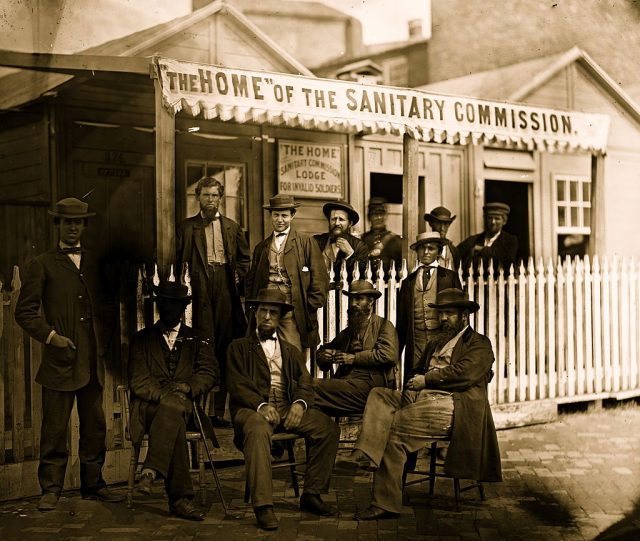
Along with their main duties, the Sanitary Commission also educated troops on sanitation and health. When the war ended, its focus was shifted toward obtaining pay, pensions, and benefits for veterans.
Building the Statue of Liberty
Édouard René de Laboulaye proposed the construction of a statue for the U.S. in 1865. He wished to create something that would represent liberty and the country’s friendship with France. The result was Lady Liberty herself.
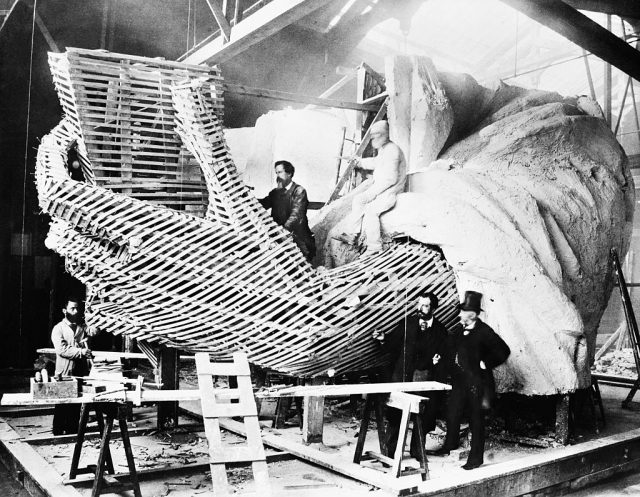
Despite arriving in New York in 1885, its unveiling was delayed a year, as her pedestal was still under construction. On October 28, 1886, one million New Yorkers showed up for the official unveiling, which featured parades and music.
Thomas Edison’s inventions
Thomas Edison, the “Wizard of Menlo Park,” was one of America’s most famed inventors. He held a record 1,093 patents, which include the incandescent lightbulb, the phonograph and the picture camera, and he’s credited with bolstering the country’s economy during the Industrial Revolution.
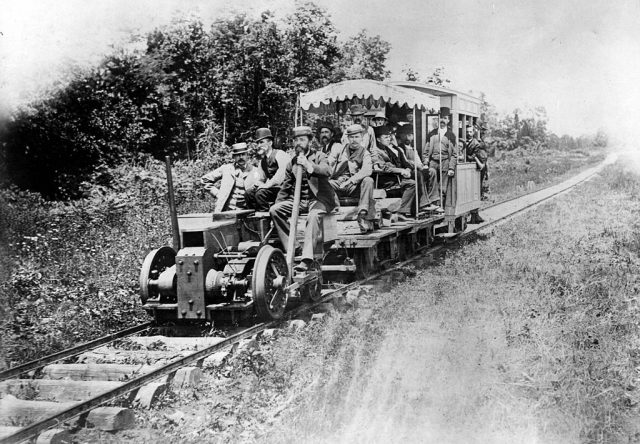
Edison was one of the first American inventors to try their hand at creating a non-battery electric locomotive. It pulled three cars, reached speeds of up to 40 miles per hour, and demonstrated a system of electromagnetic braking.
American outlaw
Jesse James is a legend amongst gangsters of the American West. He and his brother first made a name for themselves during the Civil War for their guerrilla-style fighting, and their gang, the James-Younger Gang, were fierce bank and train robbers.
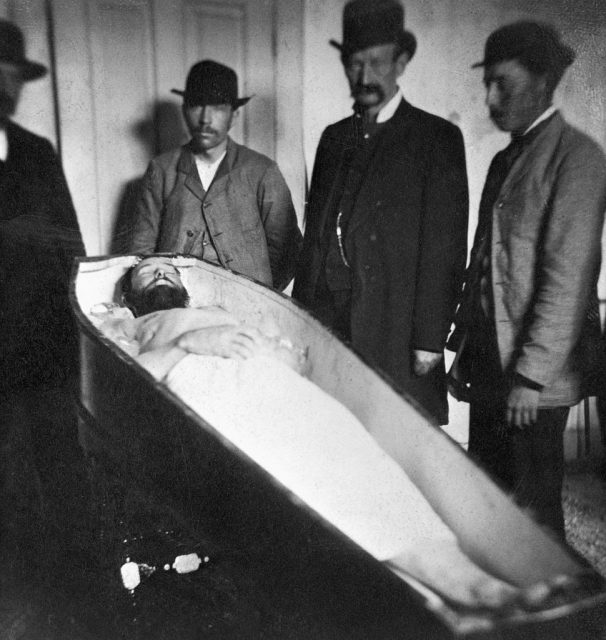
James was assassinated by Robert Ford while fixing a picture in his home in St. Joseph, Missouri. His death sparked outrage across the state, with people denouncing the assassination and calling it cowardly.
Western expansion
The 19th century saw Americans move further west. This was largely spurred by the Louisiana Purchase and the Gold Rush, and it was believed the west held ample opportunities.
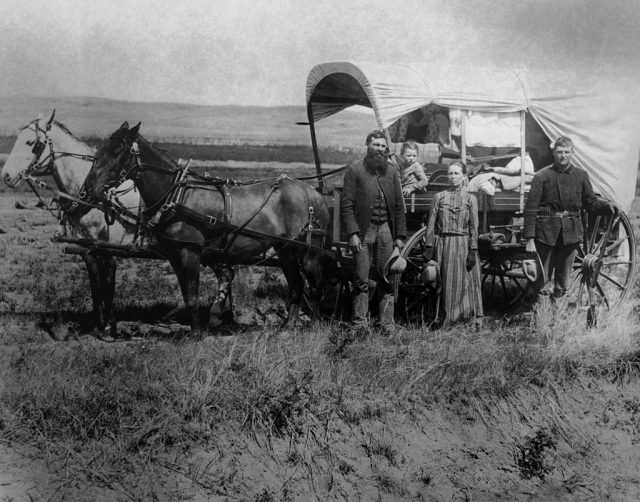
Families packed their belongings into a horse-drawn carriage and embarked on the long journey across the country. Along with poor hygiene conditions, they contended with food shortages, little-to-no medical care, and the possibility of being robbed.
Vacation destination
Atlantic City, New Jersey was founded in 1854 and quickly became a tourist hotspot. Its boardwalk, luxury hotels, and attractions made it the go-to location for families looking to escape for the summer, and its popularity has only continued to grow.
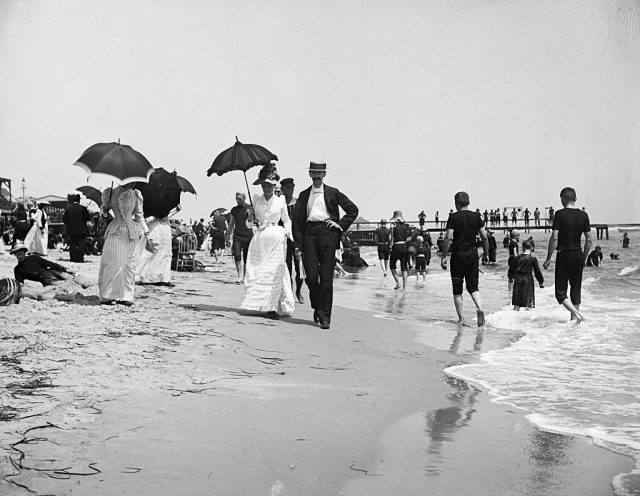
Fashion standards were quite censored during this period, meaning people had to be careful about what they wore to the beach. Officials could be found walking along the shore, keeping a lookout for anyone who was showing too much skin.
Buffalo Bill’s Wild West Show
One of the most popular entertainment troops during the 1800s was Buffalo Bill’s Wild West Show. Performances were staged across the U.S. and Europe, and crowds came from far and wide to watch the likes of Annie Oakley, Sitting Bull, and May Lille.
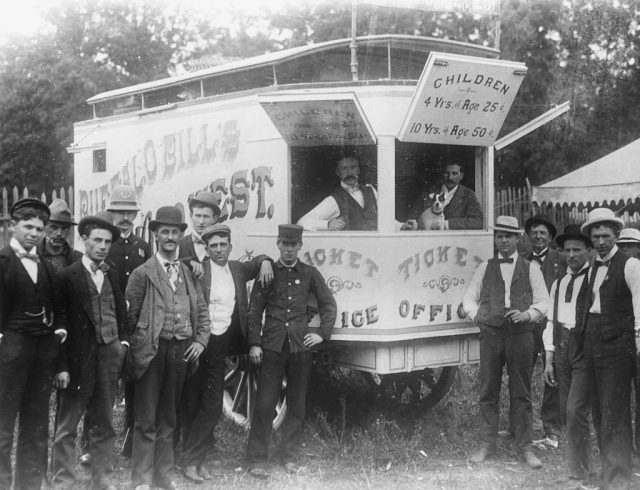
Buffalo Bill made a point of romanticizing the American West to make it appealing to audiences. He also played into the ignorant notions of those who watched the performances, especially when it came to his portrayal of the Native population, who were often depicted as aggressive savages.
Urban poverty
With more immigrants began traveling to New York, the city began experiencing a housing shortage. In order to accommodate the increase in population, poorly-constructed tenement slums were built.
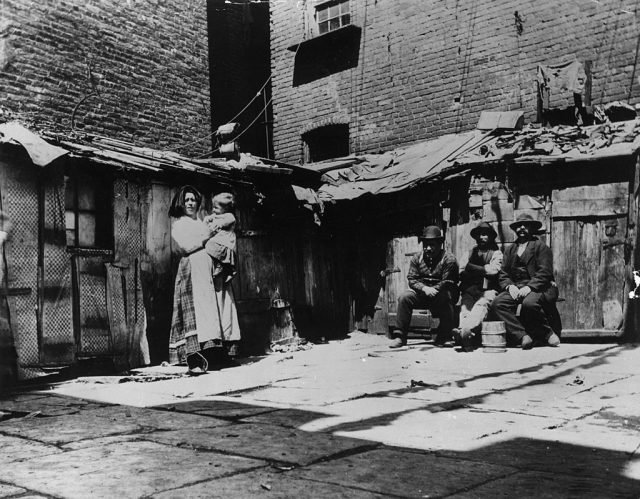
These cramped spaces were made from cheap materials and had little or no indoor plumbing. There was also little ventilation, contributing to a rapid spread of disease as well as an increased risk of fire and other disasters.
White House Easter Egg Roll
The annual White House Easter Egg Roll has a rather unique history. By the 1870s, it was custom for Washington’s children to roll their Easter eggs down Capitol Hill on Easter Monday. However, it was damaging the grounds, so Congress passed a law in 1876, barring the practice.
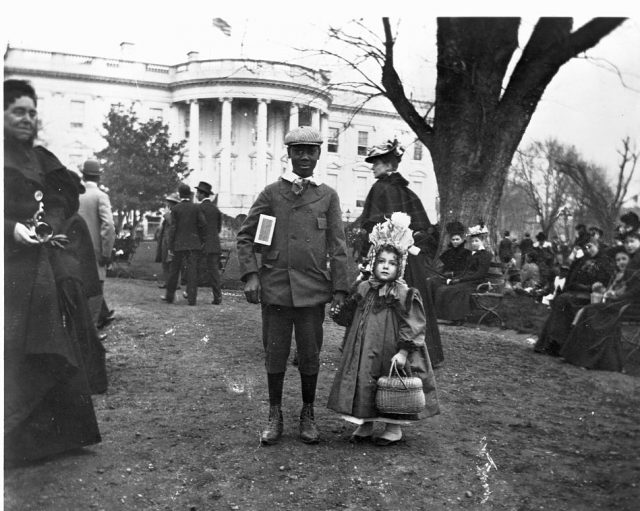
Seeing how upset the legislation made the local children, President Rutherford B. Hayes issued an order allowing children to come to the White House and roll their Easter eggs down the hill, if they so wished. The tradition has continued ever since.
Outdoor markets
Farmers’ and fish markets have been a staple of the American food and retail industries throughout the country’s history. They are a place for people to find fresh produce, as well as to earn some money by selling their own products.
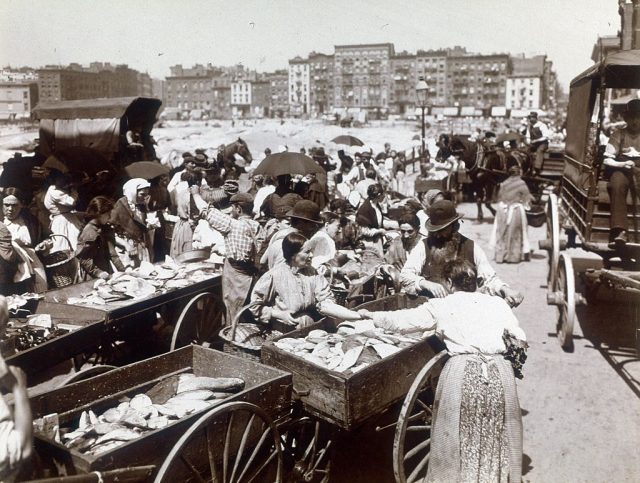
More from us: Unexpectedly Bizarre Photos of Historical Figures and Celebrities
Outdoor markets continue to be popular today, as people have been encouraged to support local businesses. They remain a central hub for many people, who use them as a way to connect with others living around them.
